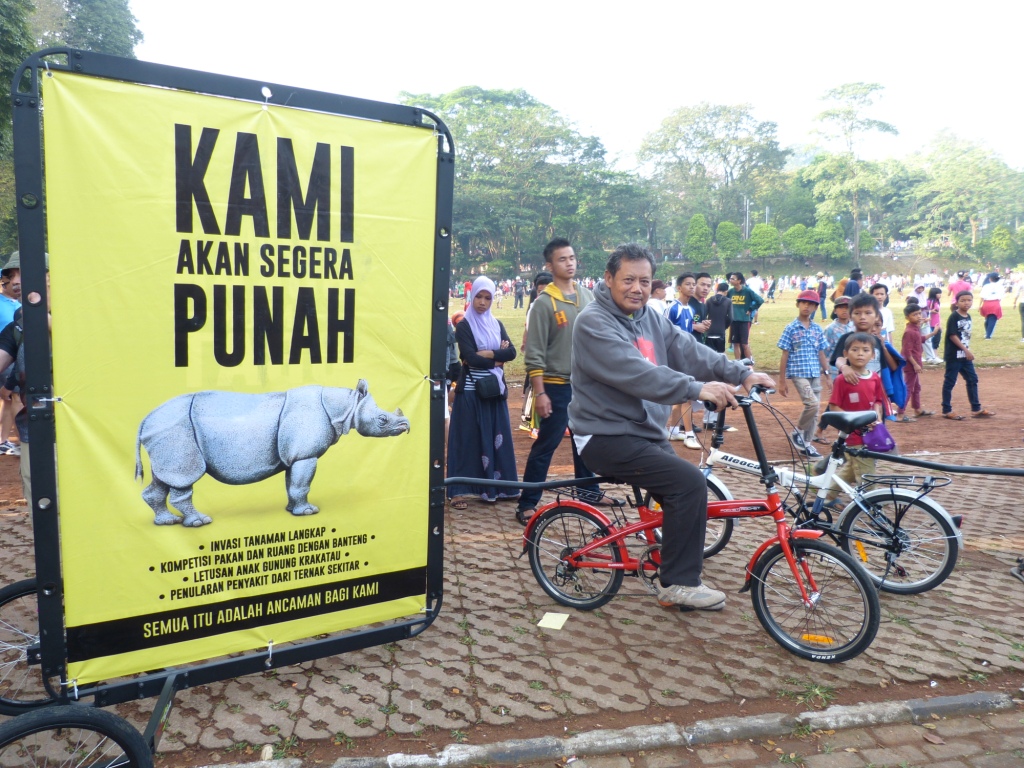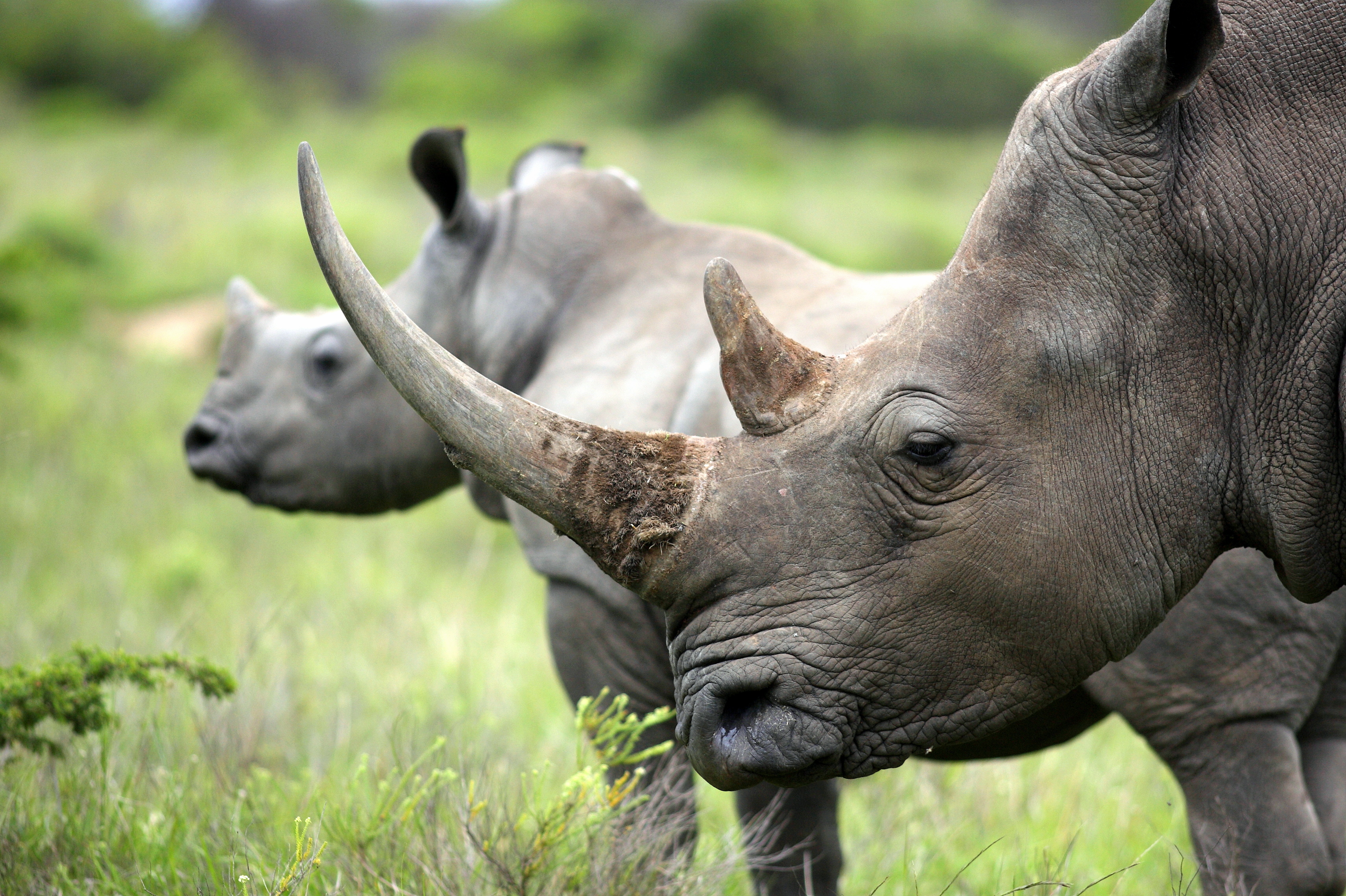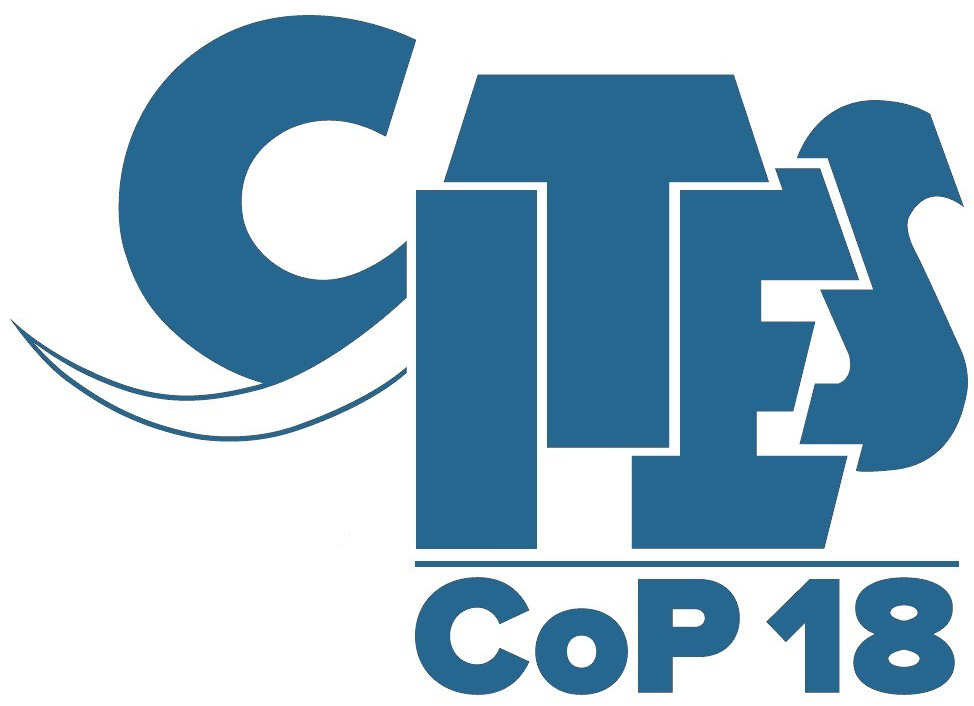Where Do Rhinos Stand After CITES CoP 18?


RHINO RECAP
Spirited and sometimes heated discussions wrapped up last week at the 18th Conference of the Parties (CoP) to the Convention on International Trade in Endangered Species of Wild Fauna and Flora, or CITES. Representatives from nearly every country on Earth gathered in Geneva, Switzerland to discuss trade issues pertaining not only to charismatic megavertebrates like rhinos and elephants, but also to species ranging from otters to sturgeons to corals and a variety of plants. The Parties also devoted significant time to discuss combating wildlife crime.

WHAT IS CITES AND HOW DOES IT WORK?
Global cooperation is essential for monitoring and regulating trade for critically endangered species, like rhino. Illegal wildlife trade involves multiple countries and enforcing laws across shared borders. The US, the UK, and a number of other countries have elevated wildlife crime to the same level as terrorism and other high-profile international crimes.
- There are 183 country signatories to CITES. The Conference of the Parties (CoP) convenes every 3 years, and includes the signatory countries as well as non-voting observers like the International Union for the Conservation of Nature (IUCN), TRAFFIC, IRF, the World Wide Fund for Nature (WWF), and others. The European Union votes as regional block of 28, with great influence on proposal approval.
- CITES signatory nations are legally bound by CoP agreements, which means that they must uphold CITES recommendations by enacting and enforcing their country’s laws to control and manage wildlife trade.
- CITES oversees international agreements on trade for more than 35,000 plant and animal species, based on specific criteria.
- CITES breaks down the degree of trade regulation based on three Appendices:
- Appendix I: all trade in these species is illegal because trade could lead to extinction (example: tigers).
- Appendix II: these species are not necessarily immediately threatened with extinction, but unregulated trade could risk their survival in the wild (example: American ginseng).
- Appendix III: these species are listed because one country has asked CITES for assistance in controlling the trade (example: alligator snapping turtles in the U.S.)
- Black (Dicerorhinus bircornis spp.), greater one-horned (Rhinoceros unicornis), Javan (Rhinoceros sondaicus), and Sumatran rhinos (Dicerorhinus sumatrensis) are afforded protection under CITES Appendix I. White rhinos are protected under Appendix II.
- The CITES Standing Committee is responsible for providing general policy and operational direction to the CITES Secretariat regarding implementation of CITES. In preparation for the CoP, the Standing Committee, along with TRAFFIC and the IUCN African and Asian Rhino Specialist Groups develops critical rhino-related reports that cover conservation and horn trade information for each of the five rhino species, and which draw numerous conclusions. Click here to read the full report of the CITES Standing Committee and the joint TRAFFIC/IUCN document on rhinoceros.
CoP 18 RHINO PROPOSALS
Three rhino proposals were brought before the Parties by Eswatini (formerly Swaziland), Namibia, and South Africa:
to allow Eswatini unrestricted international commercial trade in all specimens of its white rhino population, their horn and products. The population is currently included in Appendix II.
Eswatini holds white rhinos in its Hlane Royal National Park and Mkhaya Game Reserve. A brutal 3-year drought caused the population to plummet from 90 animals in 2015 to 66 today. The country’s white rhinos were moved to an annotated CITES Appendix II in 2004. Eswatini proposed that proceeds from horn trade would be used to protect the country’s rhino populations against criminal poaching networks; to improve park staff remuneration; fund additional infrastructure and equipment, range expansion, to pay for supplementary food during periods of drought; and to provide for sustainable long-term development to strengthen species protection and other nature conservation initiatives, while also benefiting local communities.
DECISION: Rejected, 202 to 25, with seven abstentions.
to allow Namibia to conduct live trade in southern white rhinos to appropriate destinations.
At the end of 2017, Namibia held 975 southern white rhinos – the second largest population in Africa. Namibia’s white rhino population continues to grow at a rate of 6.7% each year (including imports).Namibia’s proposal requested that CITES to change the status of its white rhino population from Appendix I to Appendix II. This change, according to the proposal, would allow the international trade in “live animals to appropriate and acceptable destinations” and legally hunted trophies.
DECISION: Rejected, 82 to 39. Some Southern African Development Community (SADC), including Namibia and Botswana, have threatened to withdraw from CITES because of the influence of non-state players. SADC has 16 member states which include Namibia, South Africa, Botswana, Zimbabwe, Tanzania and the Democratic Republic of Congo, among others.
to allow South Africa to change its trophy hunting system for black rhinos.
South Africa’s three black rhino subspecies have increased from approximately 800 animals in 1992 to 2,046 at the end of 2017. To-date, however, rhino population numbers for 2018 and 2019 have not been publicly released by South Africa’s Department of Environmental Affairs. A number of experts question the accuracy of the survey methodology (block counts) and, this proposal hinges on accurate population counts. The proposal requests that South Africa’s export quota for black rhino (Diceros bicornis spp.) hunting trophies be changed from five adult males to a total number of adult males not exceeding 0.5% of the country’s total black rhino population.South Africa noted their objectives for the quota increase:1. Expanding the species’ range in South Africa through incentivizing the keeping and protection of viable populations of black rhino.2. Increasing/maintaining productive population growth rates through the offtake of surplus males.
DECISION: Approved with amendments. This establishes an annual export quota of five hunting trophies of adult male black rhinoceros and a total number of hunting trophies of adult males not exceeding 0.5% of the country’s current total black rhino population in the year of the export (equally applied to all three subspecies, essentially 0.5% of the total population of each of the three subspecies); South Africa will set a minimum science-based threshold for black rhinoceros populations, below which the above quota shall not apply (no detail was provided as to how the threshold is to be calculated).
HOW YOU CAN HELP
- Ensure that governments are held accountable for their commitments as CITES signatories by writing to your legislators, or your country’s national management authority contact (found here).
- For people living in the United States, write or call your congressional representatives (search here) urging more serious efforts to impose trade sanctions under the Pelly Amendment, against countries that are not doing enough to block illegal wildlife trade. Pelly Amendment petitions are currently under review by the US government for Vietnam and Mozambique for their roles in illegal wildlife trade.
- Encourage your representatives to consider that maintaining land for wildlife in Africa requires substantial funding which, if it is not coming from contentious land-use options such as trading animal products or safari hunting rhinos and other charismatic species, needs to come from greater financial commitments from developed countries such as the US and European nations.
- You can also support IRF in its efforts to fight rhino poaching and the illegal wildlife trade.
